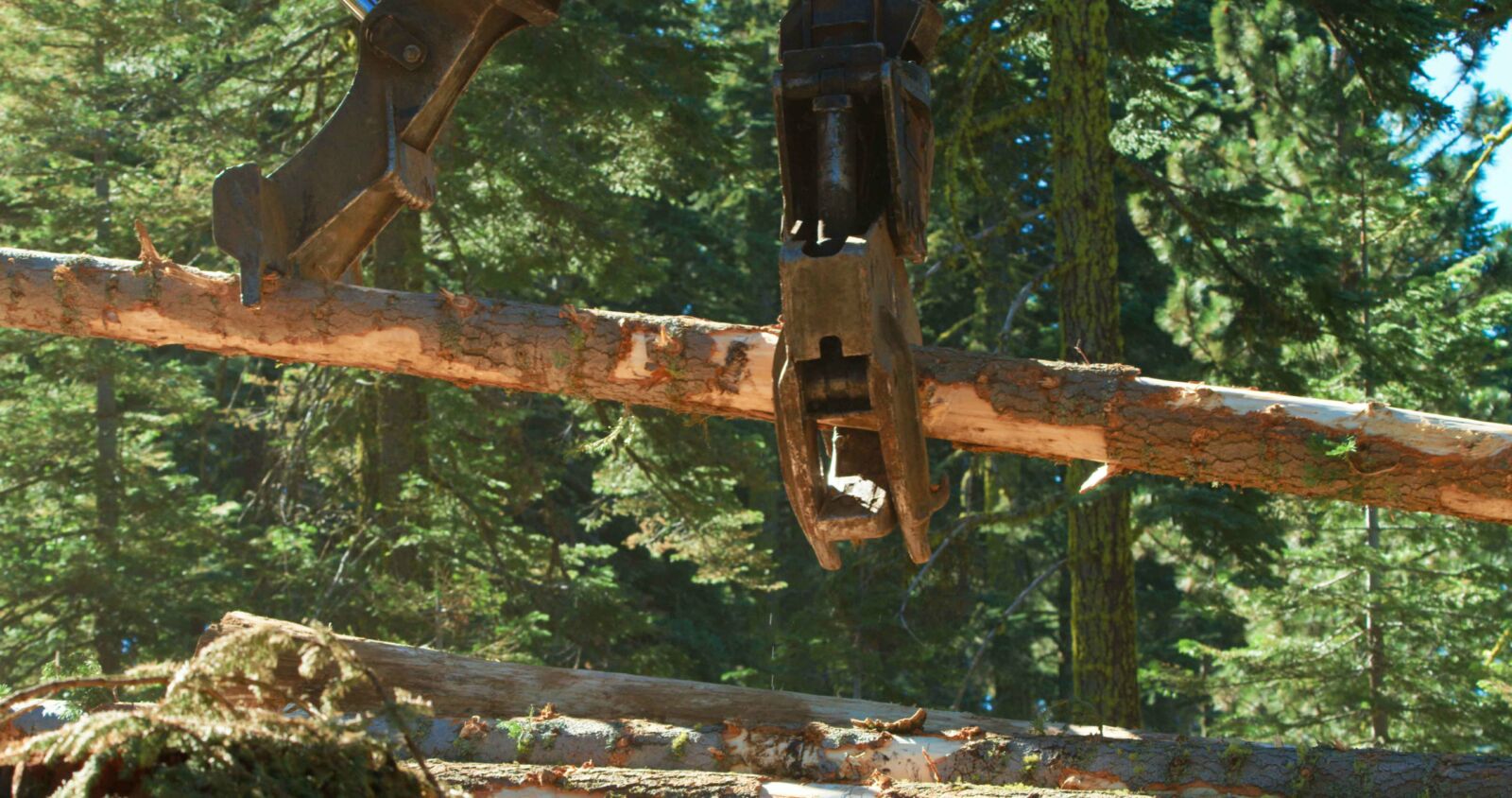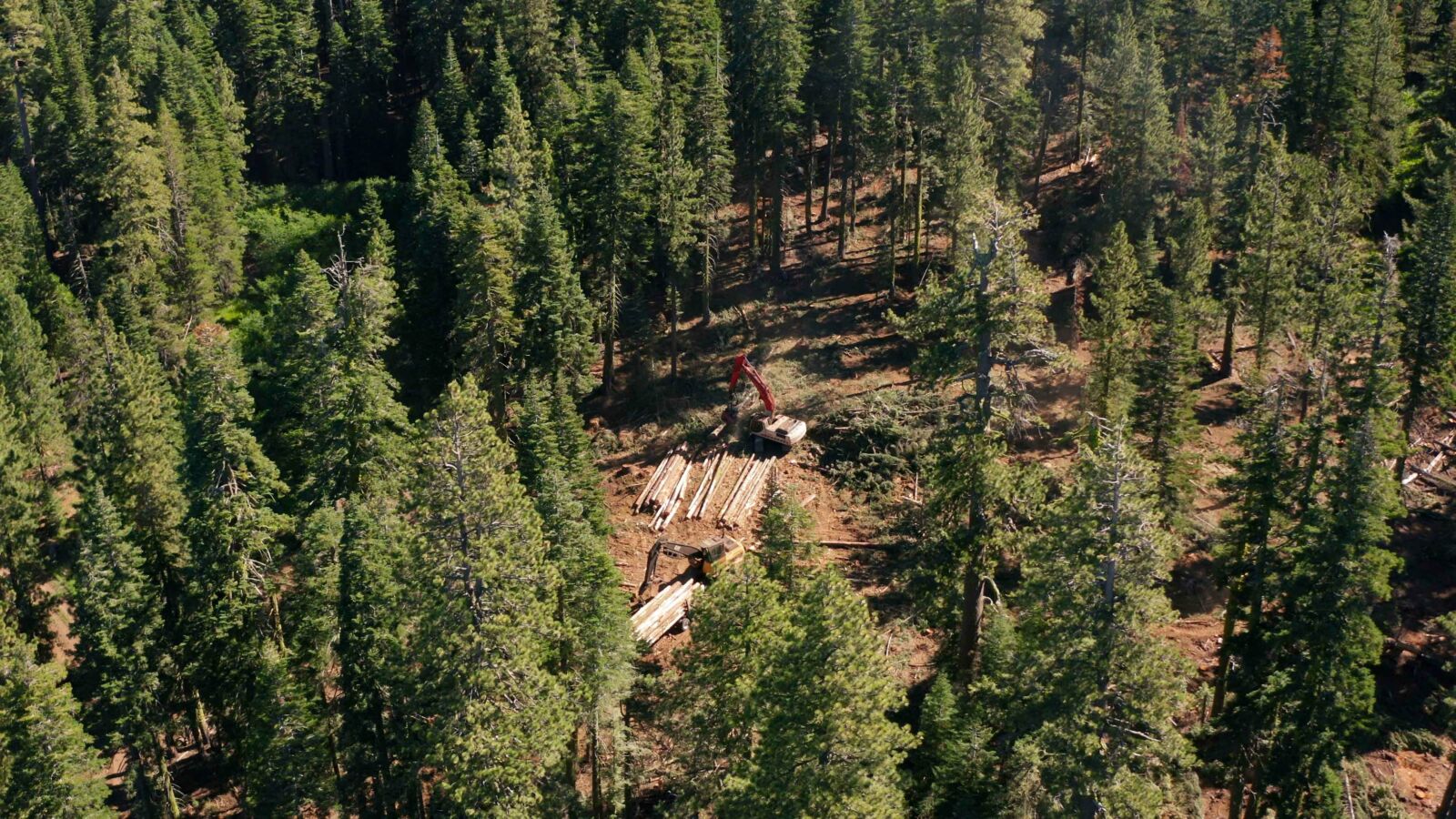As the West simultaneously burns and reels from the worst wildfire season in U.S. history, the need for tangible – and cost-efficient – solutions is as critical as protecting our forests, communities, and ecosystems.
The Challenge
A suite of challenges, including historic fire suppression and climate change, has led to unhealthy landscapes with a high risk of severe wildfire threatening our communities, our water resources, wildlife habitat, and clean air.
The increase in severe wildfires has required more resources to fight these fires, leaving less funding available to reduce future risk of high severity fires before they grow to large to control.
Throughout Western states like Arizona, California, Colorado, Oregon, and Washington, the U.S. Forest Service has a growing backlog of millions of acres of forest management projects that require funding and workforce to complete. This backlog of millions of acres in need of treatment, at an average cost of over $1,000 per acre, represents a funding challenge in the billions of dollars.
Federal funding can only cover a small portion of what is needed. The National Forest Foundation, Blue Forest Conservation and our community and funding partners are working together to address this funding gap in order to expand and accelerate forest restoration.
The Solution
Forest restoration offers a path forward by removing excess fuels and restoring native habitat allowing for the reintroduction of prescribed fire that can help reduce fire severity in the future, thereby protecting the forest and adjacent communities.
Different forests require different types of treatment to restore health and resiliency. Treatments are as diverse as thinning trees in areas that are overgrown and at risk of large-scale fire, planting trees in areas already affected by fire, meadow restoration, and employing prescribed fires to remove undergrowth and ground fuels.
The National Forest Foundation, Blue Forest Conservation and our community and funding partners are working together to address this funding gap in order to expand and accelerate forest restoration.
These forest health treatments restore ecological function and create more resilient communities.
But it is not only communities and forests that benefit from thesetreatments; agriculture, water and electric utilities, and timber and forest products can benefit from the results and process of forest restoration
Bridging the Funding Gap: The Forest Resilience Bond
Developed by Blue Forest Conservation in partnership with the World Resources Institute and the Forest Service, theForest Resilience Bond (FRB) enables private capital to accelerate planned forest health treatments' pace and scale.

Forest thinning on the Yuba Project on the Tahoe National Forest.
The model brings together stakeholders that benefit from restoration to share the cost of reimbursing investors at a modest return rate as the environmental and social benefits of project activities are realized. These benefits include:
- Freshwater availability for drinking water, irrigation, hydropower, and aquatic ecosystems,
- Recreation and tourism opportunities,
- Biodiversity and habitat for species (e.g., wild salmon and marine mammals),
- Healthy landscapes and pristine views,
- Enabling conditions for natural, low-intensity burning without becoming problem fires, and
- Carbon storage and sequestration to slow global warming and reduce the impacts of climate change.
By covering upfront project costs, the FRB accelerates the pace and scale of restoration work – tackling fire risk now and avoiding the much greater cost of inaction.
The Value of Partnerships
In 2018, the Forest Service signed an agreement with Blue Forest Conservation documenting their shared commitment to landscape-scale restoration. Later that year, theTahoe National Forest and Blue Forest Conservation partnered to launch their pilot project,The Yuba Project. This project uses $4 million in private capital from four investors to finance ecological restoration treatments across 15,000 acres of National Forest.

Forest thinning on the Yuba Project on the Tahoe National Forest.
The State of California and the Yuba Water Agency are repaying investors at contracted rates as restoration work is completed, with the Tahoe National Forest providing in-kind support and funding for project planning, development, and execution.
Since 2018, theNational Forest Foundation has acted as an implementation partner, or general contractor that cooperatively managed work on the ground with the Tahoe National Forest through a Master Stewardship Agreement. FRB financing has made it possible for the NFF to accelerate work and complete projects in just four years instead of the projected 10 to 12 years.
"Typically, a large project such as Yuba would take over ten years to implement, if it was ever fully implemented. Instead, largely due to Blue Forest Conservation and the Forest Resilience Bond, we have full implementation within three years of the NEPA signature! This means a healthier, more resilient forest has been achieved before insects, disease, or wildfire negated our planning and before our communities have been adversely impacted," said Yuba River District Ranger Lon Henderson.
Measuring Impact
In the fall of 2019, the National Forest Foundation completed a successful first field season of restoration work on the Tahoe National Forest. The proof of its success was measured, documented, and disseminated via the Forest Resilience Bond's inaugural 2019 Annual Impact Report.
The report tracks the environmental, economic, and social impacts in the local ecosystems and communities where the FRB project was implemented during the reporting year.
Its measurement and reporting align with seven of the United Nations' 17 Sustainable Development Goals, including:
- Clean water & sanitation
- Affordable & clean energy
- Decent work & economic growth
- Sustainable cities & communities
- Climate action
- Life on land
- Partnerships for the goals
And it is these fruitful partnerships that make the Forest Resilience Bond possible.
"Our amazing partners from the first Yuba FRB project were so dedicated to the impact of scaling forest restoration that together we formed the 'North Yuba Forest Partnership,' a forest collaborative working group that is committed to scaling forest restoration treatments across 275,000 acres of land in the North Yuba watershed of Tahoe National Forest," said Blue Forest Project Associate, Abby Gritter.
"These partners were key to Blue Forest's successful launch of the Yuba Project and will now play instrumental roles in bringing additional FRBs worth ~$80 million to the Tahoe National Forest in the years to come. It's partnerships like these that will unlock restoration at scale to combat the risk of wildfire in the Western U.S truly."
In 2020, the NFF diligently maintained work momentum and steady progress on the Yuba Project despite COVID-19 and amidst the worst wildfire season in California history. With the success of the Yuba Project, National Forests across the West are now looking to partner with Blue Forest in hopes of applying the FRB to other areas.

